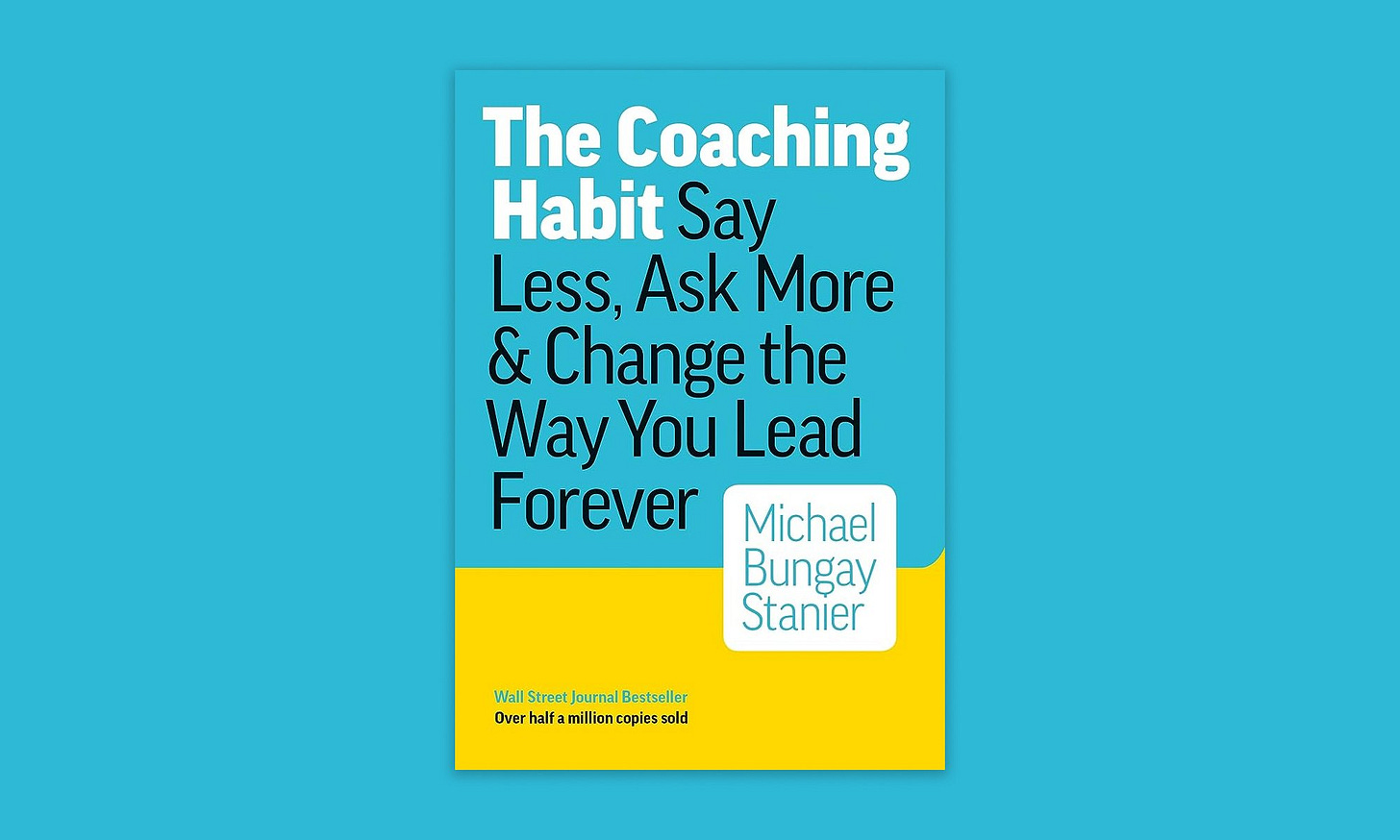The Ultimate Guide to Effective 1:1s for Engineering Managers

1:1s are one of the simplest yet most powerful tools in a manager’s toolkit. When done well, they foster trust, drive growth, and empower your team. But when done poorly—or neglected altogether—they risk becoming a weekly chore.
Whether you’re a new EM or a seasoned leader looking to refine your approach, this guide will help you turn your 1:1s into impactful conversations.
💡1:1s are more than a recurring meeting. They’re a lifeline for your team’s growth and engagement.
1:1s: The Basics
At their core, 1:1s are about connecting with your team. They foster trust, align goals, and solve problems before they escalate.
💡 Data Speaks: A study by Gallup found that teams with regular, meaningful 1:1s are 3x more likely to be engaged at work.
✅ Frequency: Weekly 30-minute sessions work for most, but flexibility is key. New hires may need more frequent check-ins, while senior engineers might prefer bi-weekly deep dives.
✅ Consistency: A regular time and date builds reliability. Constant rescheduling signals a lack of prioritization.
✅ IC-Driven Agenda: Most of the agenda should come from your IC. Give them ownership of the conversation.
✅ Document the Meeting: Use a shared 1:1 doc to track discussion points, follow-ups, and feedback. Tools like Notion, Google Docs, or Fellow.app can streamline this.
Build Trust with Better Questions
The magic of 1:1s lies in asking questions that spark reflection and meaningful conversation.
Try these open-ended questions:
“What’s on your mind?”
“What’s been your biggest challenge this week?”
“What’s something you’re proud of recently?”
💡 Pro Tips
Be Vulnerable: Share a personal story about a mistake or challenge you’re working through. For example:
“I’ve been struggling with prioritizing my own tasks lately. Here’s how I’m tackling it.”
✅ Recognize Their Achievements: Celebrate recent wins, both big and small, to show you value their contributions.
Begin with a personal check-in to warm up the conversation and build rapport. A quick chat about their weekend or hobbies can set the tone for openness and help you connect on a personal level.
📚 Book Recommendation
The Coaching Habit by Michael Bungay Stanier. This book transformed how I approach 1:1s by focusing on coaching over fixing. Instead of solving problems for your IC, ask questions that empower them to find solutions.
Case Study: Turning Around Engagement with 1:1s
Meet Alex, a new Engineering Manager who inherited a disengaged team. During her first month, she prioritized 1:1s and made two key changes:
She asked for feedback early:
Alex used a Google Form to ask team members how they preferred to communicate and receive feedback.
Result: She tailored her approach, which boosted participation in meetings.
She followed through:
By tracking commitments in a shared 1:1 doc, she ensured that no action items slipped through the cracks.
Result: The team saw her as consistent and reliable, which built trust.
Within three months, engagement scores in their retrospectives had doubled.
Addressing Common Challenges
Finding Time: Use tools like Google Calendar to block time consistently, even if it’s just 15–20 minutes.
Staying on Track: Create a simple agenda to avoid meandering conversations. Use tools like Fellow.app for structured discussions.
Team Member Avoidance: If an IC seems disengaged, ask open-ended questions like:
“Is there something specific you’d like to focus on in these meetings?”
“How can I make these sessions more valuable for you?”
Future Topics in the Series
This newsletter is just the beginning. In future posts, we’ll dive deeper into:
📋 Creating effective 1:1 agendas.
💬 Handling difficult conversations with empathy.
📊 Using data to measure the impact of your 1:1s.
Have specific challenges you’d like me to cover? Reply and let me know!
Final Thoughts
1:1s aren’t just meetings—they’re your chance to build trust, align goals, and empower your team. Whether you’re troubleshooting blockers or exploring growth opportunities, these conversations are the foundation of effective leadership.
What’s your favorite 1:1 tip? Reply to this post—I’d love to hear your insights!





Solid advice for new EMs. Thanks for sharing!